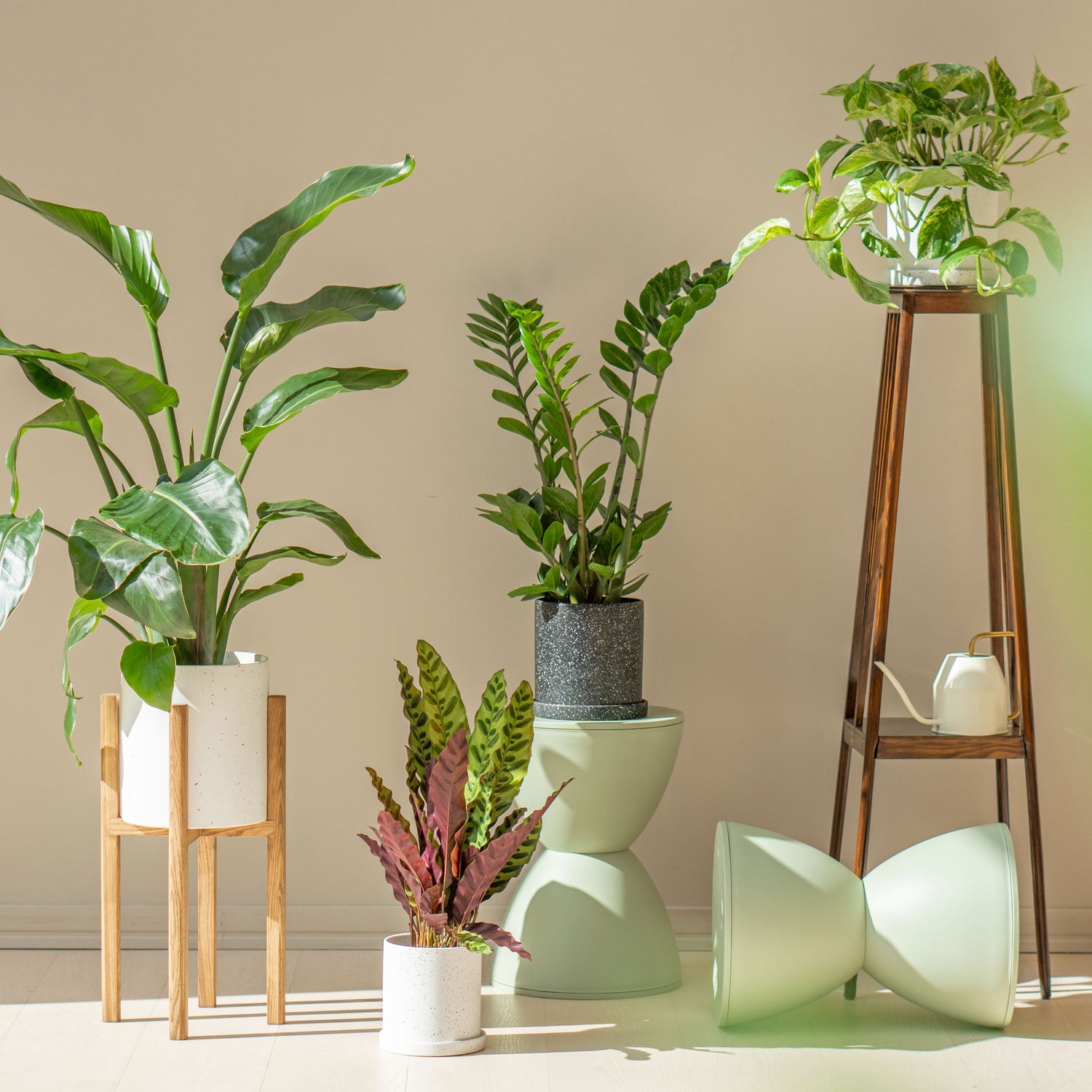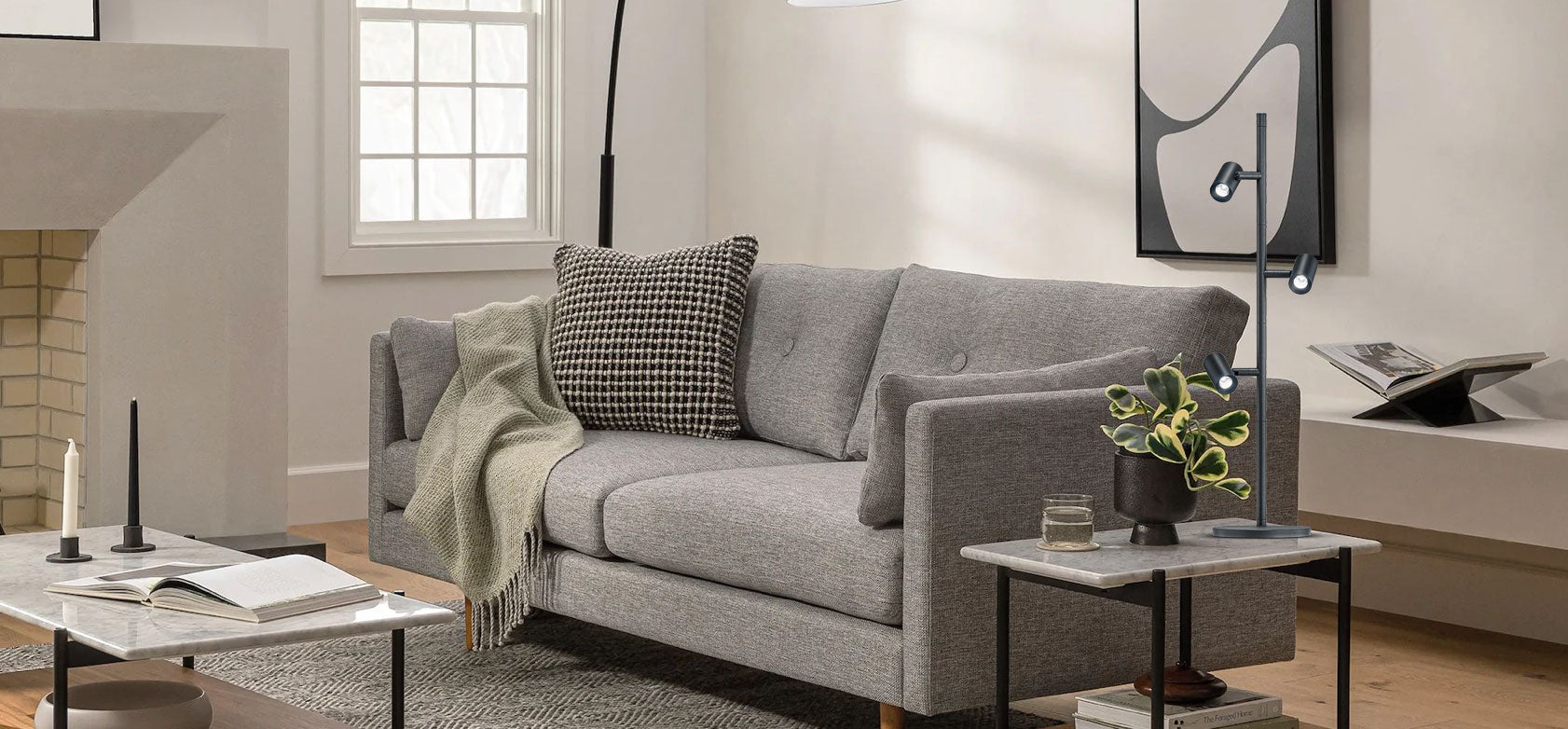
Lighting Is A Foundation For Healthy Plants
Light is in a top priority for plants. A plant requires light even more than water or fertilizers. It's extremely important to provide your plant with real natural sunlight, not the light emitted by standard light bulbs.
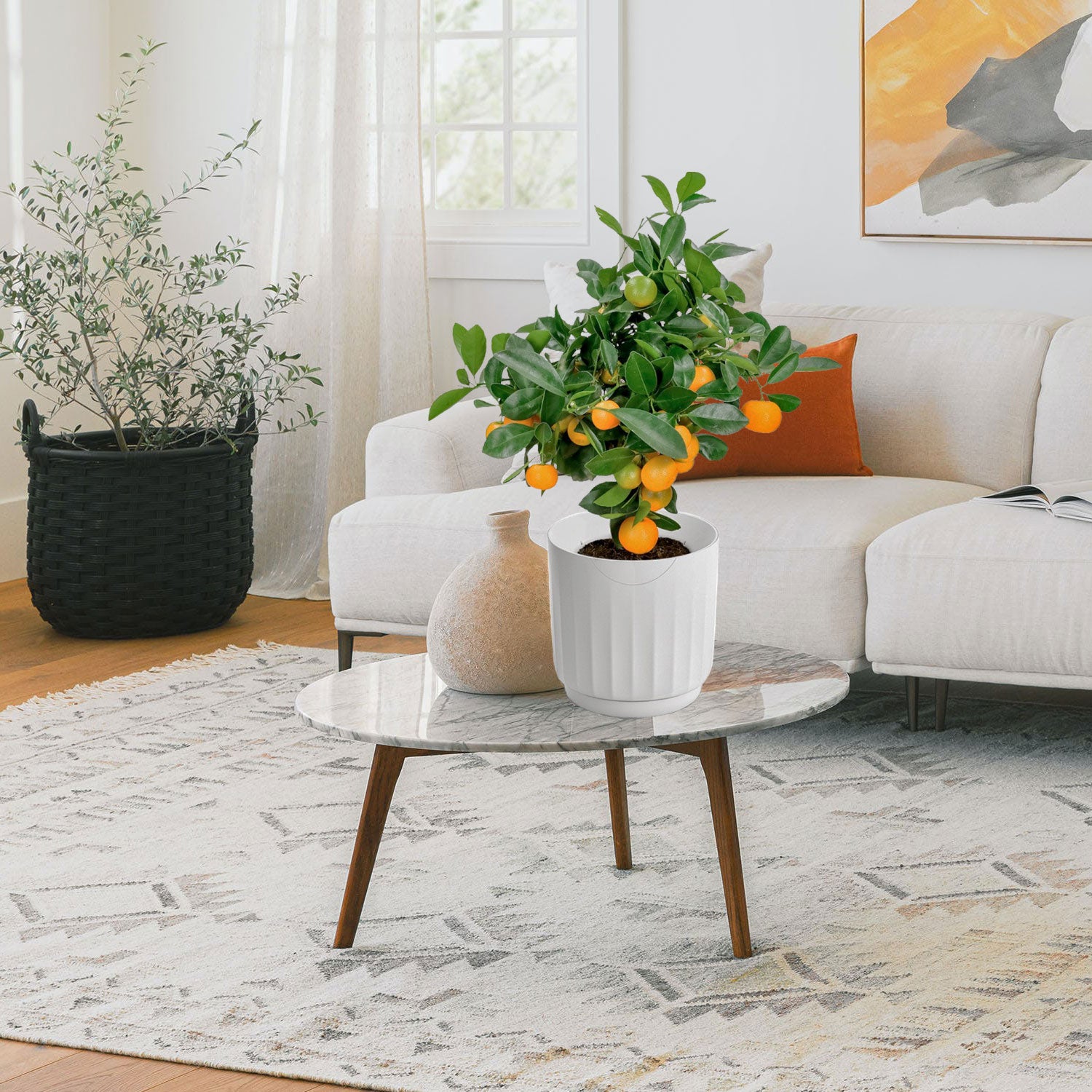
Unlike human or animals, plants produce their own food as a result of photosynthesis process. A plant takes carbon dioxide from the air, water from the soil, and light from the sun and converts them into carbohydrates and oxygen. Carbohydrates are used for the plants growth, meanwhile oxygen is released into the atmosphere. In case a plant doesn't receive enough light it will die, since it will just be able to accumulate water in its leaves's cells until they drown. Moreover without carbohydrates obtained via photosynthesis a plant won't be able to grow bigger, and even fertilizers won't help in this case. Therefore it's essential to provide enough lighting to ensure that your plant can grow healthy and happy.
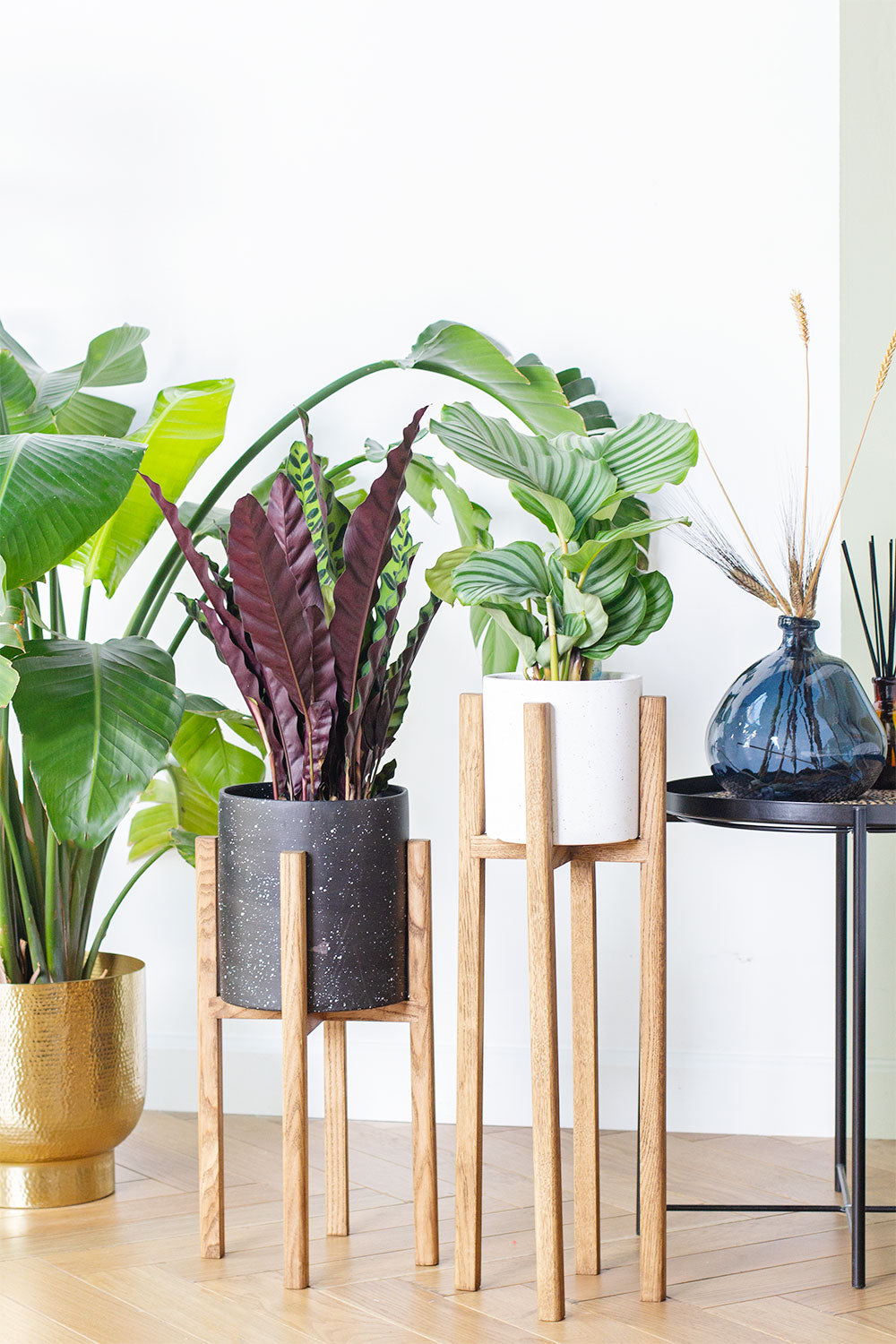
The main issue here is to understand the amount of light required for your plant. For example, most tropical houseplants require bright indirect light when growing indoors. It means about 5-6 hours of full light, usually near window. In this case light should not be intense, direct light may burn the foliage. Remember that natural light coming through a window is not as strong as the sunlight outside. The intensity of the light drops rapidly as you move the plant away from the window. Moving a plant just a half or one meter away from the window may reduce the light received by 50%.
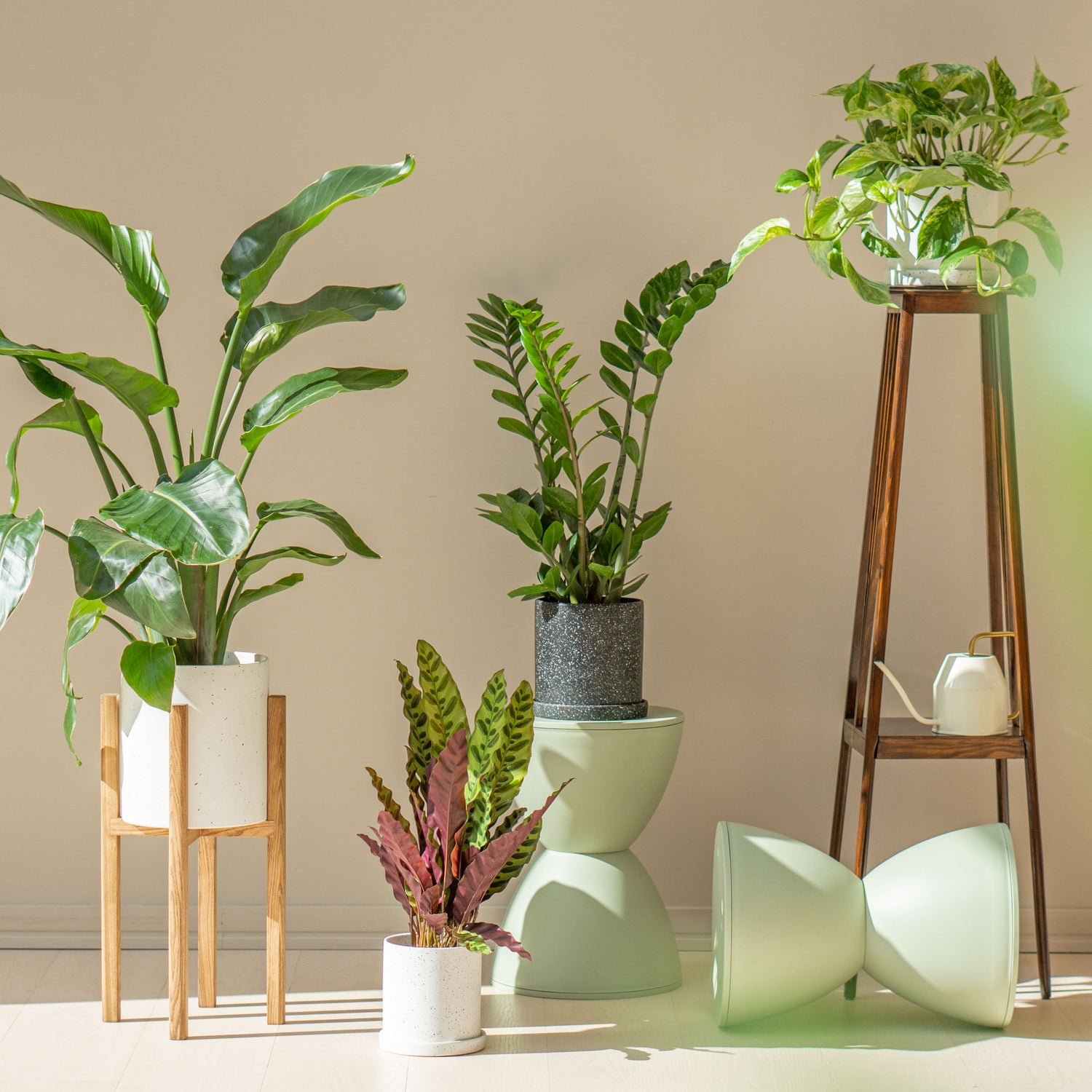
This may be not so obvious for your view, however lighting conditions are always worse as you move from the window to the corners. To check real light intensity it is convenient to use a light meter or a light meter app for your phone. Basing on received data you can estimate light conditions in different rooms.
500 – 2500 lux – low light
2500 – 10000 lux – medium light
10000 – 20000 lux – medium to bright indirect light
20000 – 50000 lux – bright direct sunlight
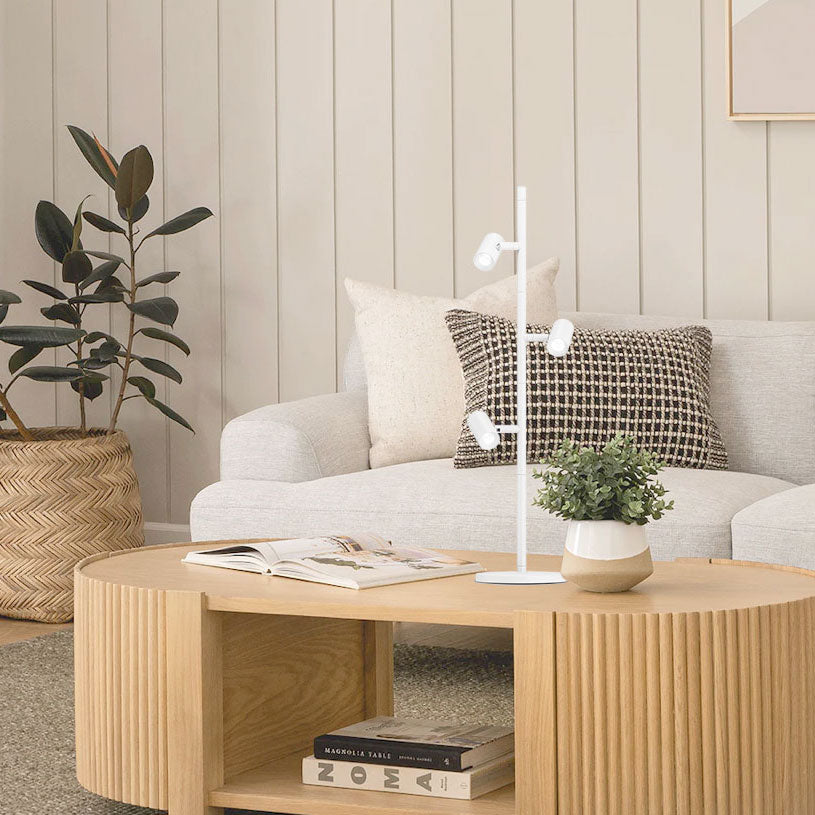
When choosing the right place for your plants take into account the fact that even some shade-resistant plants would feel better in a spot with more light. It’s a good idea to change the plants from low-light places closer to the window from time to time in order to get a light boost. Better to make it gradually – moving for 1-1,5 metres a time. Don’t forget to rotate your plants to assure them growing more balanced and stronger.
Using grow lights may be a good idea in case of low light conditions. It will provide essential light spectrum for your plants as if they were on the sunlight. So it's extremely important to provide your plant with real natural sunlight
